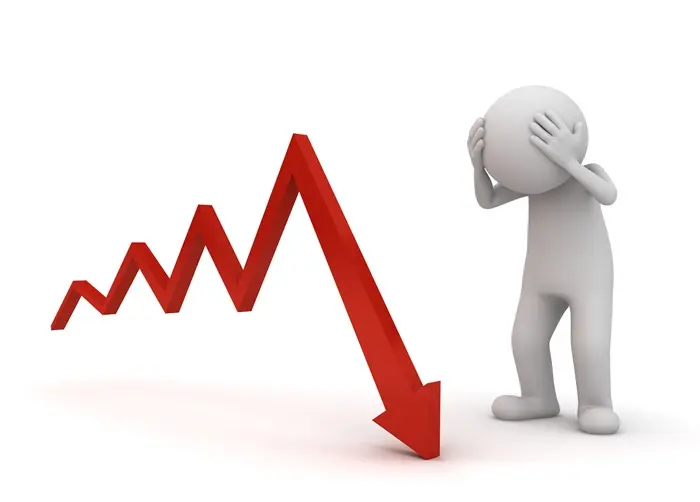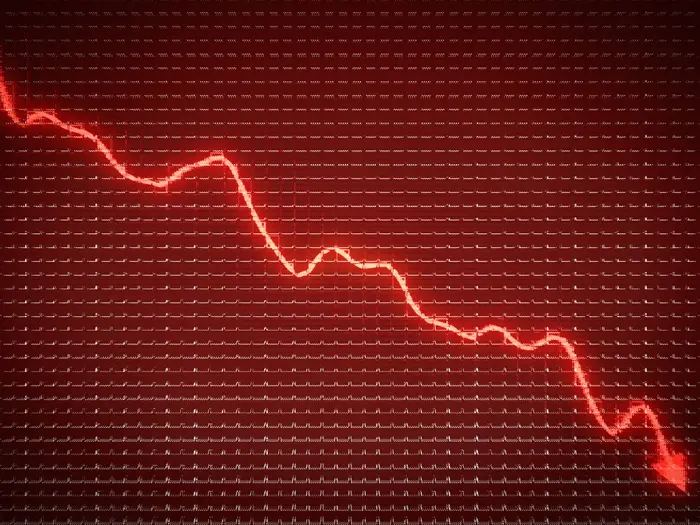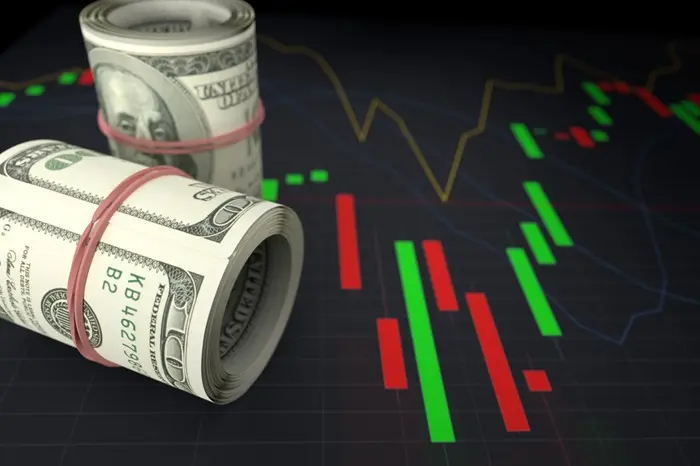The U.S. dollar began the week on a strong footing, bolstered by a robust jobs report that reinforced the strength of the U.S. economy. As a result, the greenback’s competitors struggled, with several currencies near multi-year lows. The euro, New Zealand dollar, and Australian dollar were among the hardest hit, while traders reassessed expectations for U.S. Federal Reserve rate cuts.
U.S. Jobs Data Fuels Dollar Strength
On Friday, a stronger-than-expected U.S. jobs report showed an unexpected acceleration in job growth for December, pushing the unemployment rate down to 4.1%. This positive data suggested that the U.S. labor market remained solid heading into the new year, making the dollar more attractive. The strong jobs numbers left investors scaling back their bets on potential rate cuts by the Federal Reserve in 2025, which had been a concern earlier.
The report also emphasized U.S. economic resilience amid global uncertainties, further boosting investor confidence in the dollar. According to Nick Rees, head of macro research at Monex Europe, the data highlighted the ongoing theme of U.S. economic exceptionalism. Despite some volatility in the labor market, the U.S. economy remains robust compared to others.
Market Outlook for U.S. Interest Rates Markets, which had anticipated more aggressive rate cuts, now expect only about 27 basis points of reductions this year, a significant downgrade from earlier projections of 50 basis points. The prospect of inflation risks, particularly stemming from U.S. President-elect Donald Trump’s economic policies, such as tariffs, tax cuts, and immigration restrictions, has added to the view that the Federal Reserve may pause its easing cycle for longer.
U.S. Dollar and Other Major Currencies
The U.S. dollar index, which measures the greenback against a basket of other major currencies, held steady at 109.67, hovering near its highest levels since November 2022. The yen, under pressure due to the dollar’s strength, fell to 157.92. However, there was some mitigation to the yen’s decline, as reports suggested that the Bank of Japan may consider raising its inflation forecast at a meeting this month, signaling the potential for future rate hikes.
Sterling and the Euro
The British pound also faced pressure, trading at $1.2204 and hovering near its 14-month low of $1.2239. Concerns about rising borrowing costs and economic instability in the U.K. weighed on investor sentiment, leading to a bearish outlook for the pound. Chris Weston, head of research at Pepperstone, noted that rallies in the GBP should be “contained and swiftly sold.”
The euro traded close to a more than two-year trough of $1.0242, reflecting its ongoing struggles against the dollar. The New Zealand dollar also saw significant losses, slipping to $0.5565, and the Australian dollar remained close to its weakest level in more than four years, $0.6139.
China’s Yuan and PBOC Actions
In China, the offshore yuan remained relatively stable at 7.3605 per dollar, but there were signs of intervention by the People’s Bank of China (PBOC). The PBOC suspended treasury bond purchases on Friday, briefly lifting yields and prompting speculation that China might be stepping up its defense of the yuan. This action comes amid concerns over the economic situation in China and its impact on the currency.
U.S. Inflation Data and Federal Reserve Speeches
As the week progresses, market participants will be closely watching U.S. inflation data, due to be released on Wednesday. Any unexpected upside in inflation could add pressure on the Federal Reserve to reconsider its rate-cutting stance. Additionally, several Federal Reserve officials are scheduled to speak this week, which could provide further insight into the central bank’s future monetary policy.
Conclusion
The dollar’s strength, driven by solid U.S. jobs data and economic resilience, has left its peers struggling near multi-year lows. The euro, New Zealand dollar, and Australian dollar are all facing headwinds, while the British pound grapples with domestic concerns. The outlook for the U.S. dollar remains positive, with expectations for a slower rate-cutting cycle and potential inflation risks fueling its dominance in global markets. Investors will be keenly focused on upcoming U.S. inflation data and Federal Reserve communications, which could influence the dollar’s trajectory in the coming months.
Related topics:

























